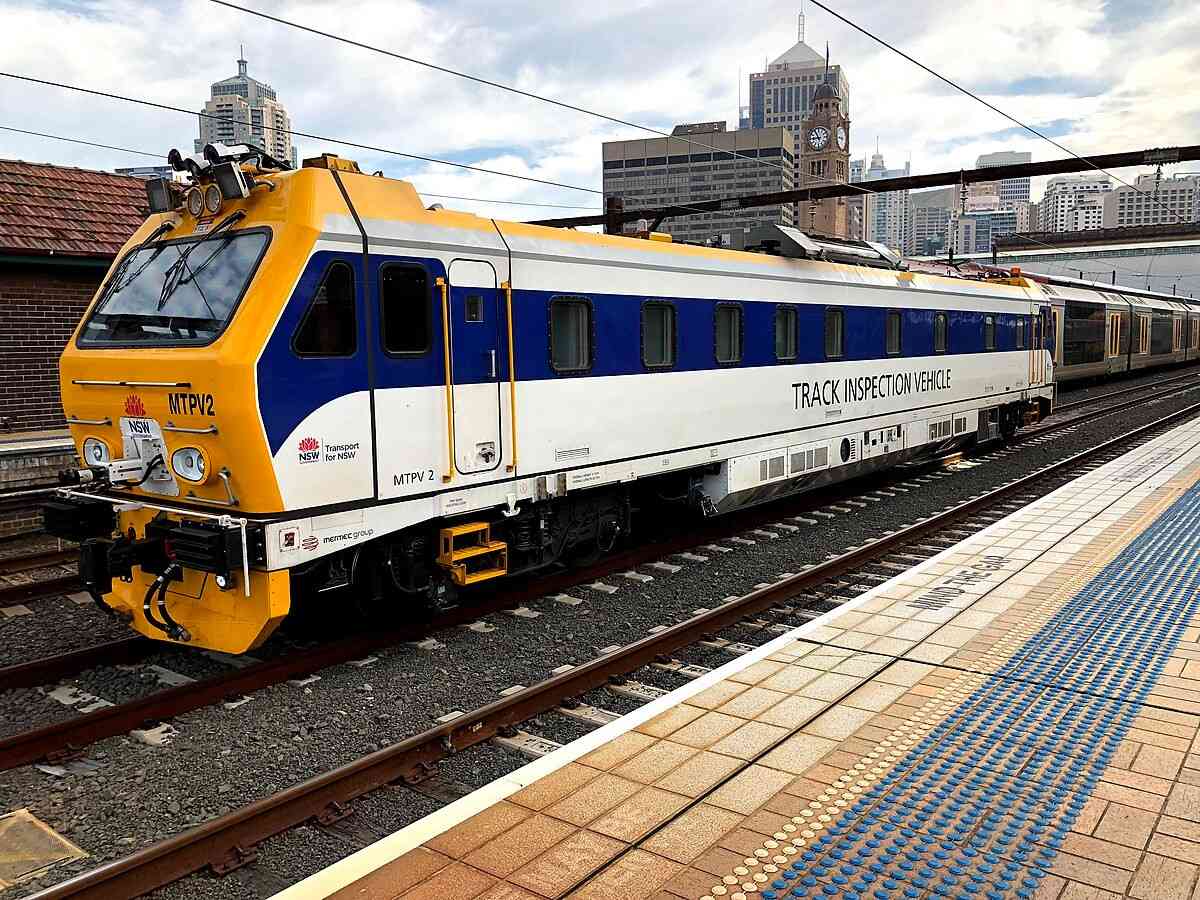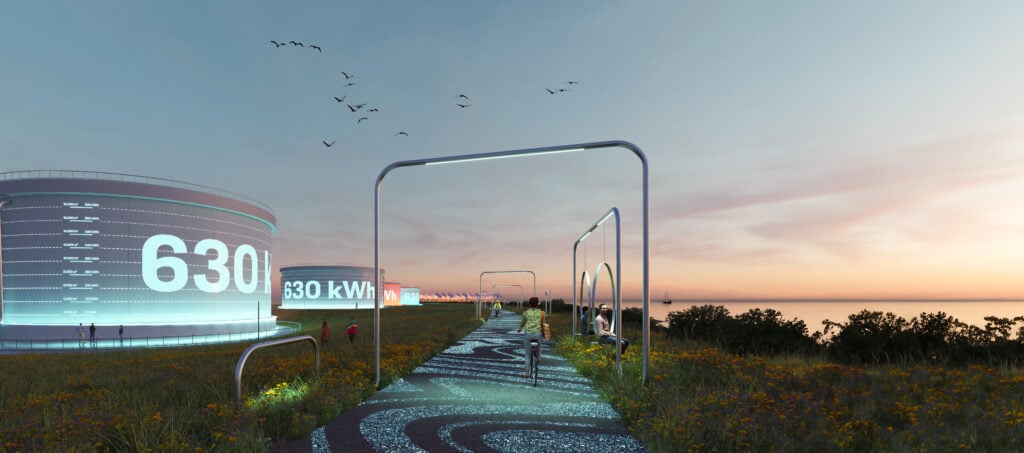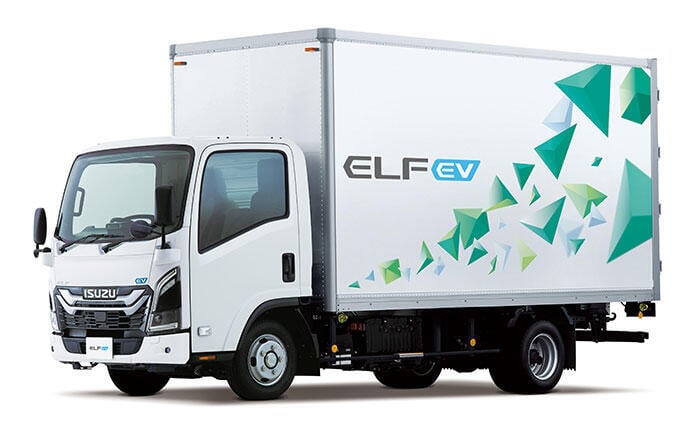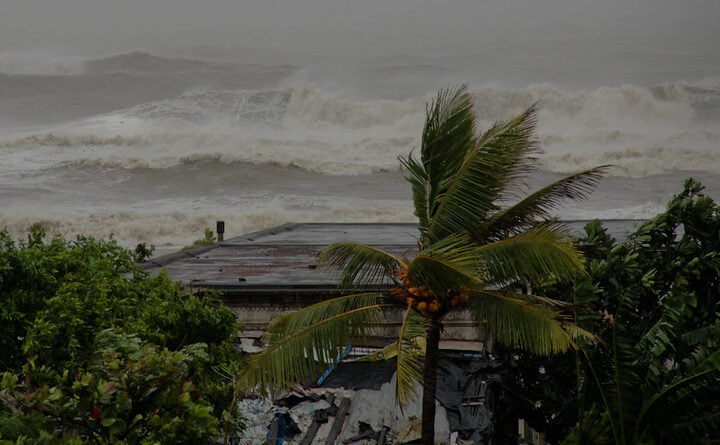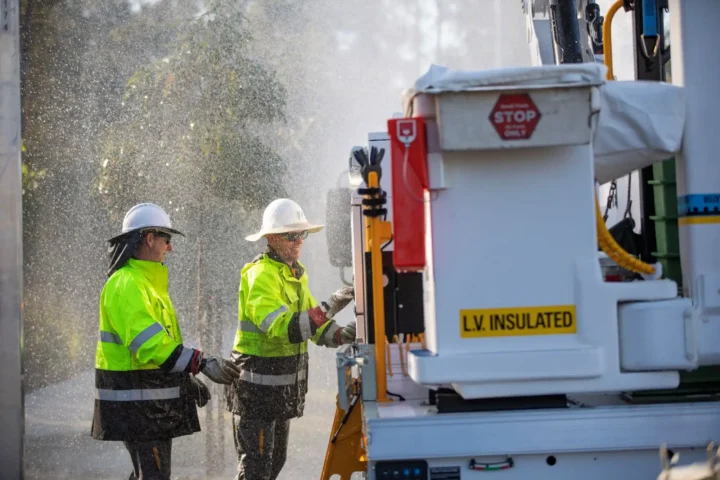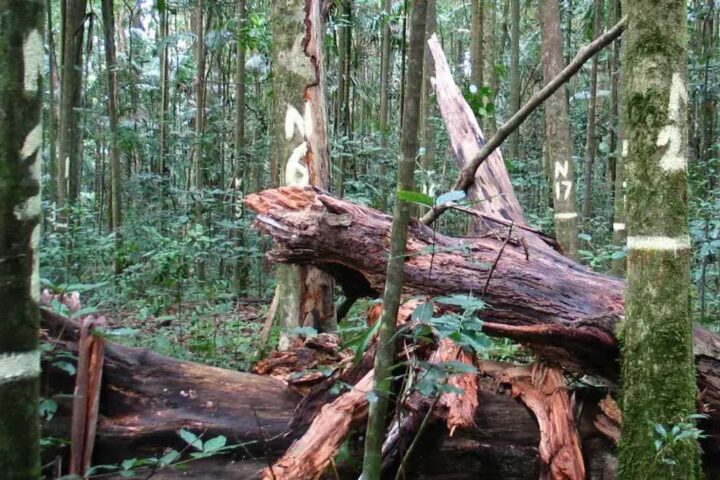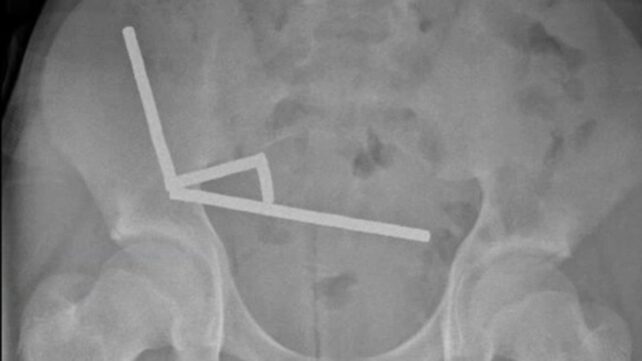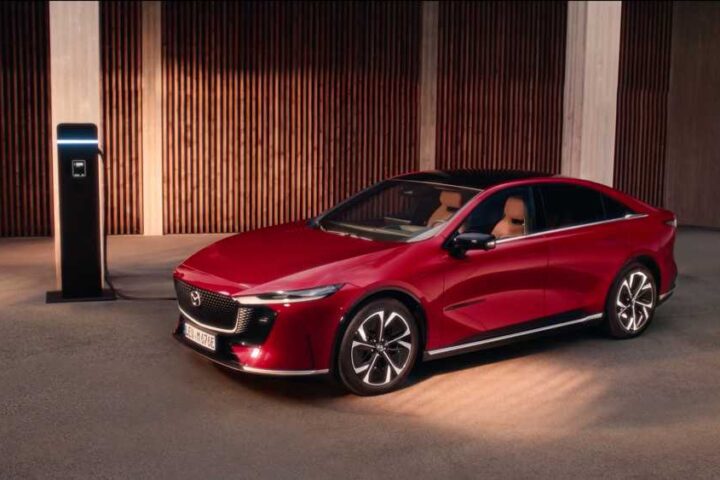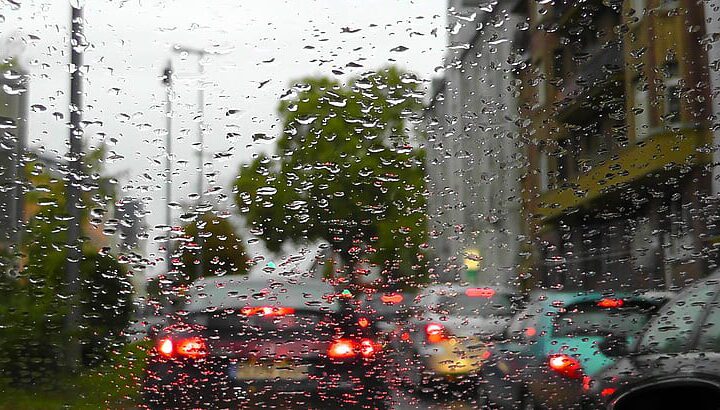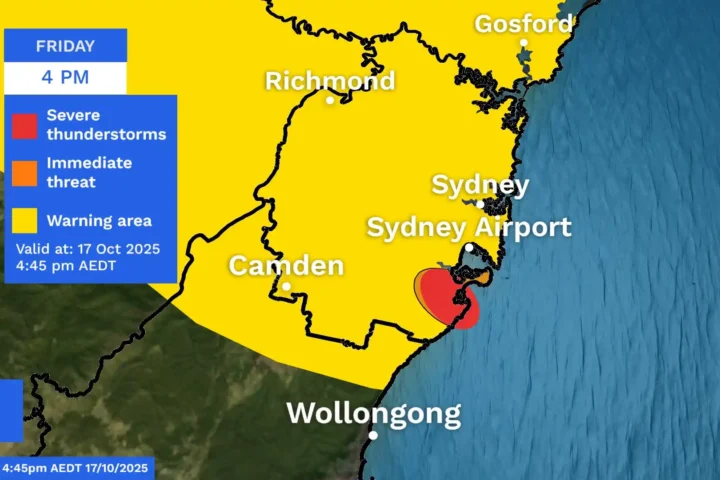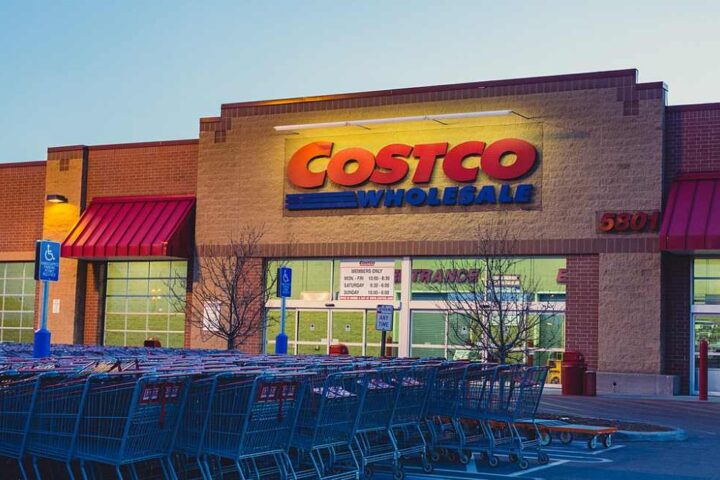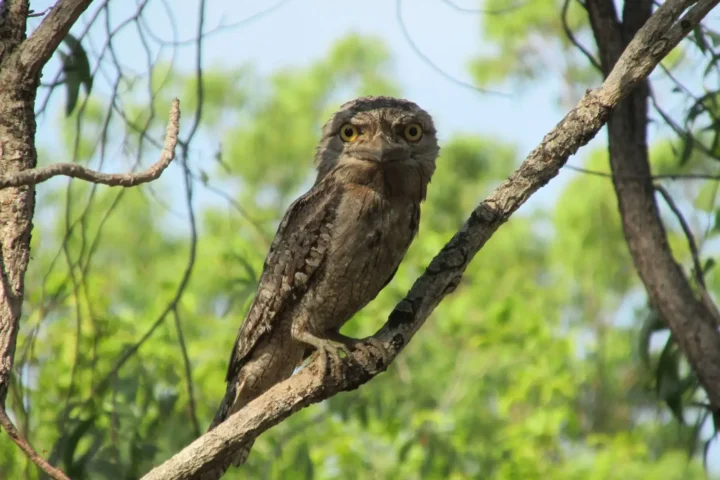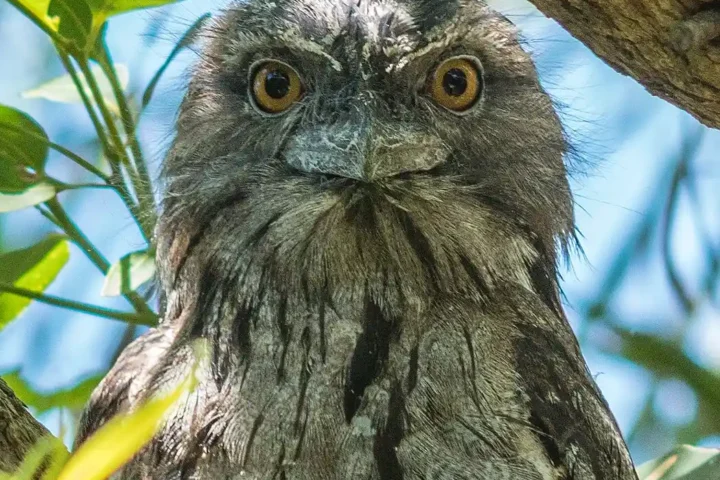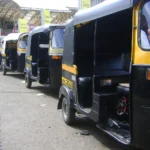The New South Wales government plans to build trains locally again, starting with 450 new carriages to replace Sydney’s aging Tangara fleet. This marks a significant shift from buying trains overseas to making them at home.
Local Jobs and Skills Revival
The move promises to create secure jobs in train manufacturing across NSW. The government wants at least half of the design, building, and maintenance work to be done locally. This includes jobs for skilled workers and new apprentices who will learn to build modern trains.
“NSW workers are great at building trains,” says Premier Chris Minns. “It’s going to take time, but we’re determined to do it.”
The state has done this before. The current Tangara trains were built in Newcastle by A Goninan & Co (now UGL) and have served Sydney for over 35 years.
Similar Posts
Timeline and Investment
The government will start looking for manufacturers in early 2027. The first locally-made trains should run on Sydney’s suburban network in the early 2030s.
To keep services running smoothly until then, the government is spending $447 million to extend the life of current Tangara trains for about 12 more years.
Long-term Planning
This isn’t a one-off project. After the Tangara replacement, NSW plans to replace more trains through the 2040s and 2050s. This long-term outlook gives manufacturers confidence to invest in facilities and hire workers.
Transport for NSW Deputy Secretary Camilla Drover explains: “By establishing a rail manufacturing pipeline, we will start the critical work of rebuilding skills and confidence in our manufacturing capability.”
Industry Impact
The Australian rail equipment industry currently makes $3.3 billion yearly and employs over 7,000 people across 101 businesses. The sector could grow with this steady stream of work.
Matt Longland, Sydney Trains Chief Executive, notes: “We want to ensure our future fleet will stand the test of time and support local jobs and local manufacturing.”
Working with Industry
The government is currently talking with manufacturers and suppliers to understand what they need. They opened a survey on May 19, 2025, running until June 6, with results expected in August 2025.
This practical approach helps ensure the program succeeds and creates lasting jobs in NSW’s manufacturing sector.

What’s Next
The government has set a target: by 2035, at least 50% of all rail transport equipment should be made locally. This commitment shows they’re serious about bringing train manufacturing back to NSW.
For now, the focus is on planning and preparing. The government is working with manufacturers, checking what facilities and skills are needed, and making sure everything’s ready when work begins in 2027.This return to local train manufacturing isn’t just about new trains. It’s about creating skilled jobs, supporting Australian industry, and making sure NSW can build and maintain its own trains for decades to come.
